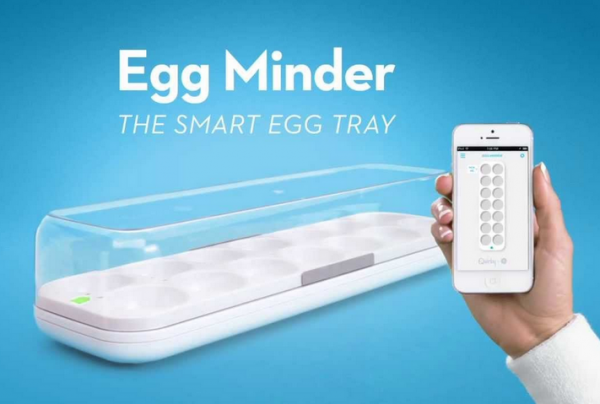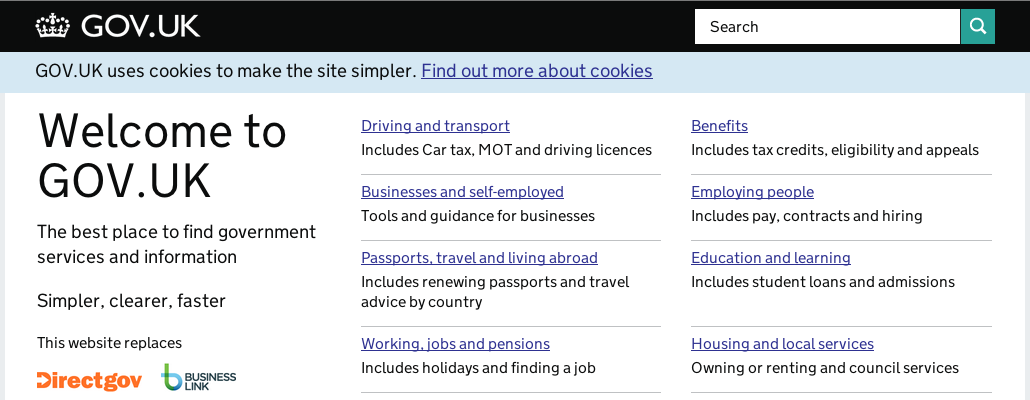Margot Langsdorf from PSFK on Vimeo.
A good reminder of a few things. There’s not offline and online. Connectivity is simply a new dimension and mobile is hence about mobility. Which means there’s confusion to be experienced when/if working on mobile strategy and digital strategy and social strategy. Maybe it’s best to just talk about strategic planning and thinking for being real world ready…
The holistic approach to digital strategy is simply about the real world
In the article Why Nordstrom’s Digital Strategy Works (and Yours Probably Doesn’t), from Harvard Business Review, the three authors (from MIT Sloan School of Management, MIT Sloan’s Center for Information Systems Research and University of Texas at Austin) stress the fact that although a great number of respondents (in their research) expect competitive advantage from SMACIT technologies (Social, Mobile, Analytics, Cloud, IoT) – it’s unlikely to happen. Those technologies are rather minimum requirements, and highly available to boot.
The trick lies in how you combine, deploy and use them. Yes, that’s when you add a strategy behind it all. But as is often the case with strategy – it’s mostly a word used (bantered) and rarely a concept well practiced. Reasons being lack of a true aim, a real problem to overcome, no sober discussion around strengths to focus on and weaknesses to accept, overly unrealistic expectation (feels good and looks good, but doesn’t help with crafting strategy that actually helps) etc. So it’s unlikely to happen not because it can’t happen, but because the concept of strategy is so poorly practiced.
The Nordstrom example they use highlights the difference between disparate initiatives in different parts of an organisation – masquerading as digital strategy – versus a coherent and holistic approach that realizes that a powerful digital strategy that actually accomplishes something has to take the full picture into account. Not mobile. Not social. But how everything fits together in the real world, and in real situations, with the business in the center.
This is not a matter of having the best apps, analytics, or social media tools. Instead, it’s a matter of tending to the details of building integrated digital capabilities, one at a time, making the right data accessible, and simplifying processes. Most retailers will struggle to do this because they haven’t architected their product or customer data for easy access by the new digital capabilities. Without those core capabilities, integration with and among new digital capabilities is virtually impossible.
- building integrated…
- data accessible
- processes
- easy access
- integration
Notice how all of that has nothing to do with technology and everything to do with how people are going to work with it. And that demands understanding why it’s needed at all (what can we do better, i.e. what problem do we have today). These aspects revolve around the business, they highlight the importance of stakeholder alignment, cross departmental understanding, processes etc.
The authors sign off by suggesting that we Develop a strategy for succeeding in the digital economy—a purpose that leverages your unique capabilities and responds to market opportunities. Then grab every technology that takes you there.
And thinking about how to succeed in the digital economy is, of course, equally thinking about how to be real world ready. So if strategy is a word that sets the wrong tone and triggers the wrong associations – just make it about the real world.



